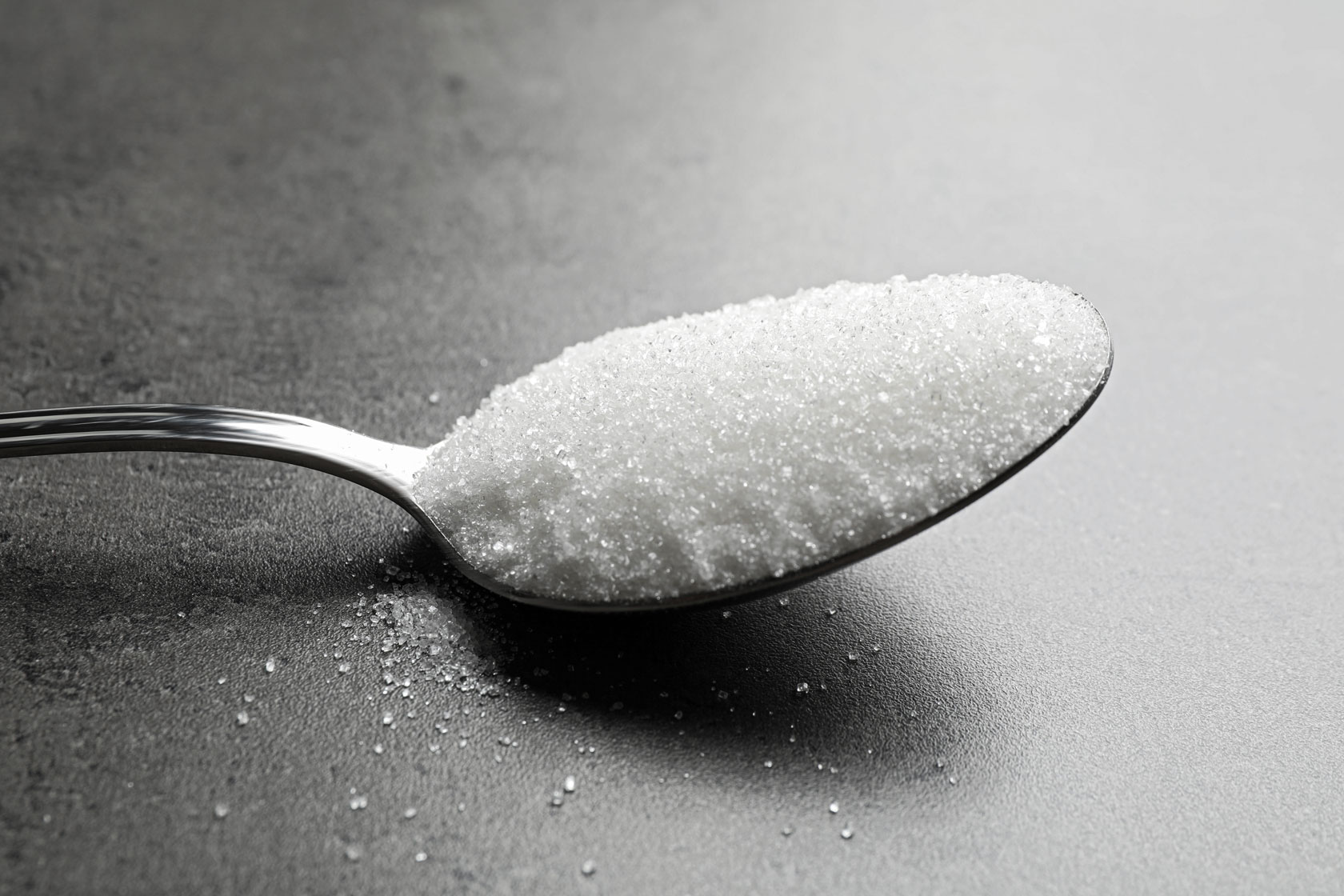The Real Dietary Guidelines for Sugar and Alcohol

The U.S. Dietary Guidelines provide Americans with guidance on what to eat and drink to promote health and meet individual nutrient requirements. The United States Department of Agriculture (USDA) publishes them every few years. While rarely a source of controversy, the most recent version stirred up news about sugar and alcohol consumption recommendations.
It began in July 2020, when the Dietary Guidelines Advisory Committee lowered the recommendation for added sugar intake to less than 6 percent of total calories from less than 10 percent. The committee’s alcohol recommendation, previously no more than two drinks a day for men and one drink for women, decreased to no more than one drink a day for both women and men.
In January 2021, however, the USDA released the official 2020-2025 U.S. Dietary Guidelines, with both of these recommendations omitted. The departure drew a mix of reactions from major health organizations. The Center for Science in the Public Interest expressed their disappointment that the lowered sugar recommendations were not included. The American Institute for Cancer Research stated that the guidelines ignored significant evidence about the connections between alcohol consumption and cancer and even accused the government agencies of bowing to industry pressure.
No added sugar? Tough, but doable
Michelle Pearlman, M.D., a gastroenterologist with the University of Miami Health System, notes that regardless of what the dietary recommendations for sugar state, your intake should be as close to zero as possible.
“The reality is that the body doesn’t require any added sugar,” she says. “Your body digests carbohydrates and breaks them down into simple sugars to use for normal metabolic functions. When people consume added sugar, often in the form of high fructose corn syrup, this can have negative health outcomes and increase the risk of chronic medical problems like diabetes and fatty liver.”
Of course, eliminating all added sugar from your diet is not a realistic goal for everybody. Still, there are several simple steps that people can take to cut back on their daily consumption gradually, says Dr. Pearlman.
“If you have a sweet tooth, my general recommendation is to consume foods with natural sugars like fruit,” she says. “Also, be careful of artificial sweeteners that are found in many health-food products. These sugar substitutes have many health claims, but in reality, they are several hundred times sweeter than regular sugar and may actually increase your cravings and hunger.”
Medical research ties excess sugar to many medical conditions, including obesity and diabetes, notes the American Heart Association. Beyond that, Dr. Pearlman says that her patients who cut out sugar may experience withdrawal symptoms at first. However, with time, improvements in blood sugar, insulin, and other hormone levels often lead to better energy levels and overall health.
And what about alcohol
Alcohol comes with its own set of health risks, mainly when it’s consumed in excess. Adverse health consequences include cancer, liver disease, high blood pressure, stroke, pancreatitis, and more. It can also result in poor judgment and a higher risk of related injuries and death.
Conversely, some studies linked moderate drinking (no more than one drink a day for women and two for men) to a modest positive impact on cardiovascular health. Nevertheless, Dr. Pearlman says there are good reasons to cut back, particularly if you feel like you are no longer in control of your drinking.
“The first step is understanding that you might have a problem and seeking help from friends, family, support groups, or therapists if you feel like you need it,” she says. “All of these people can be accountability partners to help keep you on the right track.”
Wyatt Myers is a contributing writer for UMiami Health News.
Originally published on: July 29, 2021
Tags: alcohol consumption, dietary guidelines, Dr. Michelle Pearlman, miami diet, sugar consumption
